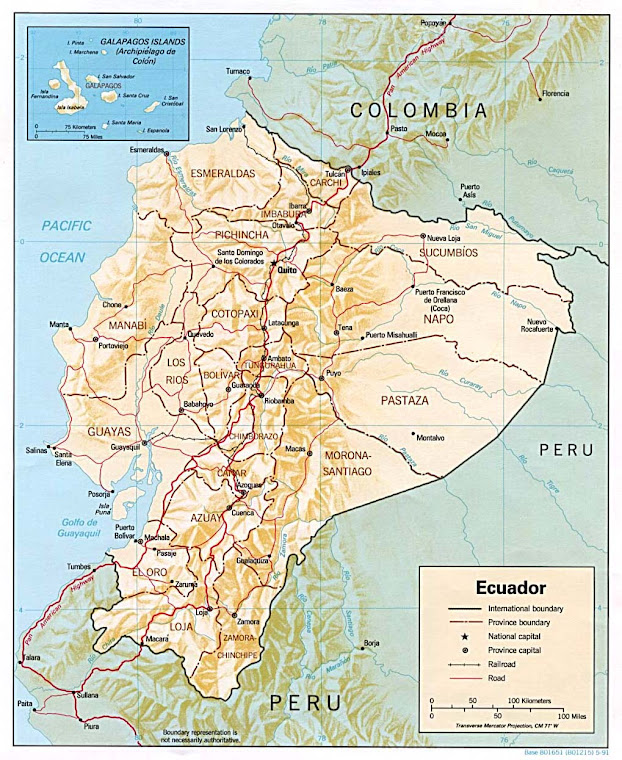Tahdah!!! Here it is friends and family feast your eyes upon the delicious.....CHONTACURO!!!! I will explain this exquisite little grub in more detail but first!
 I must introduce the basic Kichwa foods and that is starch starch starch in the form of....Yucca!! Yucca or 'Manioc' as I think it's known in the States, is a potato like food that is a huge staple in the Kichwa diet. Its usually boiled and eaten with some salt or mashed, fried, made into flour (for bread), or put in soups. Pictured on the right is a typical breakfast you might find of fried yucca with guayusa or lemon grass tea.
I must introduce the basic Kichwa foods and that is starch starch starch in the form of....Yucca!! Yucca or 'Manioc' as I think it's known in the States, is a potato like food that is a huge staple in the Kichwa diet. Its usually boiled and eaten with some salt or mashed, fried, made into flour (for bread), or put in soups. Pictured on the right is a typical breakfast you might find of fried yucca with guayusa or lemon grass tea.Pictured here is yucca after it has been boiled and is then put it on this big wooden plate and mashed with a big rock or a mashing stick. This is how they make Chicha...which i will explain in more detail.
Another important staple starch here in the communities is Platano or Plantains as you may know them. This banana like fruit/starch is usually boiled as well and mashed and sauteed with onions, garlic, etc for added flavor. Also it can be thinly sliced and fried to make plantain chips or cut into thicker slices, fried, mashed, then re-fried to make patacones...Delicious!!
So we've covered a few starches and there are many many more but these are the two main ones. Some other examples are: Papa chinos (or "elephant ears" as you might know them) the bulb at the base is boiled and eaten and is really really scrumptious; Palmitos or "heart of palm" are like those bamboo shoots you find in your fancy salads; Patas are this nut like starch and so delicious too....That's all i can think of for now.
And now on to my favorite Kichwa foods....Maitos!!! So Miato is a type of leaf that is used for cooking things like fish, chicken, grubs, cheese, beef, vegetables....you can basically cook anything with maito leaves...it's like natures tinfoil. Cooking food in maito gives food this added burst of flavor (to me its like a peanut flavor) as well as bringing out the natural flavors of the food you are cooking.
Pictured here is your typical tilapia maito with some yucca and tomato-onion "salad".
So about those grub worms....Chontacuros! These grub-like worms live in the trunks of the chonta trees and are considered a delicacy with many medicinal qualities. They say that if you have a soar-throat, cough, or congestion to eat these worms and they will help in a speedy recovery. They certainly don't look very palatable but they are actually quite tasty...like salty bacon. I've watched many faces of new comers trying chontacuro for the the first time and the usual phrase after eating is...'hhrrmm it's not that bad'.
Now last but certainly not least, we have come to one of the most culturally important beverages in the Kichwa diet....Chicha. Chicha comes in many forms depending on if you are in the mountains or the jungle. Sierra chicha is usually in the form of corn while in the jungle you find yucca and chonta as the main forms of chicha. Chicha is a big staple point in their diet. It makes you strong, gives you energy, and fills you up. It's usually drunk throughout the day as farmers machete their plots, prune their cacao trees, or harvest their crops. It can also be made into a fermented beverage and drunk during festivals and family celebrations. Pictured above are chonta fruits. Like the photo pictured earlier of the mashed yucca, 'chicha de chonta' is made in the same way. The fruit is boiled then peeled; the seed is removed; and the fruit part is mashed (or chewed depending on if you are making an fermented form or not) into a paste and then stored. The paste is mixed with water and voila!! You have your chicha! I know I mentioned 'chewed' earlier and in some communities (from my experience I've been told it's been done more often in the communities further into the jungle than closer to rural areas) they chew the chonta fruit or yucca into a paste and the bacteria from the saliva ferments the chicha and makes it into an alcoholic beverage. I think now they have other ways of fermenting chicha apart from chewing but I'm not sure how. Now I'm not saying its the best tasting drink out there but it certainly fills you up and gives you energy.
Well that about wraps up our basic guide to Kichwa food! Next week: Traditional garments and dance!


















